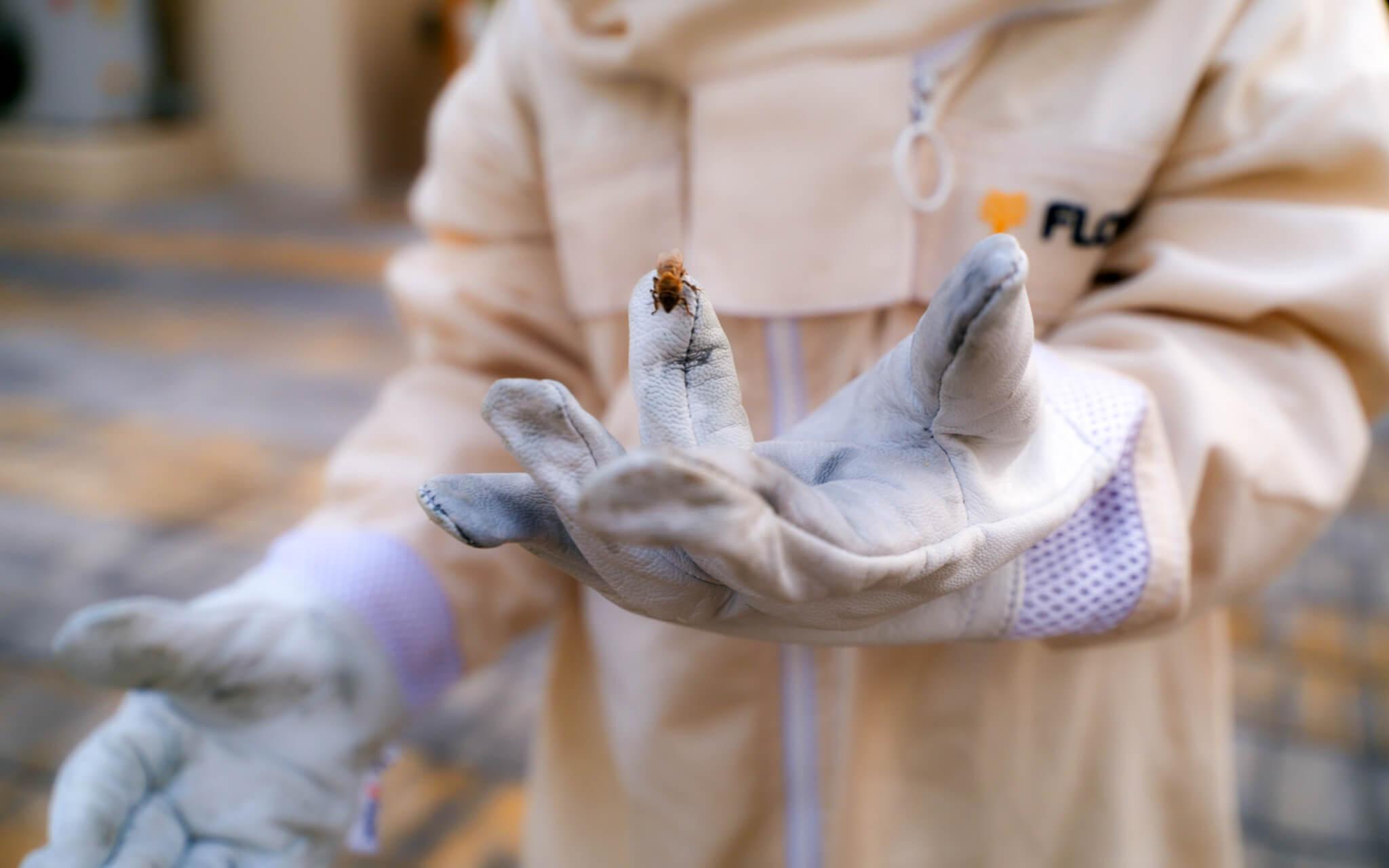When the Wolves Returned Home
As our planet’s wild places disappear, Dave Parsons believes the solution lies in making the world wilder, not tamer. Through The Rewilding Institute, he's proving that conservation's future may depend on its fiercest predators.
Deep in New Mexico's Gila Wilderness, Dave Parsons sits alone as twilight settles over America's first designated wilderness area. It's the spring of 2000, and he's tasked with monitoring a family of Mexican gray wolves recently released into their ancestral homeland. For two days, the radio signals show the wolves remain in their acclimation pen, its nylon mesh deliberately designed to let them chew their way to freedom when ready.
Then, as night creeps in, everything changes. “This howl came off a wooded slope, seemed like it was about a hundred feet away,” Dave recalls. “I started looking really hard through the woods and just hardly any light, but I did see the silhouette of one of our wolves walking by about 30 yards out from my camp.”
After more than 50 years of absence, wolves once again roamed the Gila Wilderness - a moment that would shape Dave's vision for conservation.
Through The Rewilding Institute (TRI), Dave advocates for a revolutionary vision: a world where large carnivores cross continents through protected wildways. “Rewilding is giving land back to wildlife and wildlife back to the land,” he explains. “It's the act of protecting and restoring wildlands and diverse wildlife that depend on those protected lands, having landscape scales large enough for healthy biodiverse ecosystems to thrive and operate on Nature's terms.”
TRI's founder, Dave Foreman’s ‘Rewilding’ concept demands preserving what remains and restoring large connected wild areas where top predators can once again fulfil their ecological roles. “He referred to the state of an area that has been rewilded as being self-willed and untrammelled by human influences,” Dave explains.
“In other words, it's nature operating on its own terms, not our human terms. Basically, we envision a much wilder North America than currently exists.”
For Dave, that transformative night in the wilderness represented a decades-long journey that began far from the rugged landscapes of the Southwest. Growing up on an Iowa family farm in the mid-1900s, his early connection to nature came through working the land. Yet something called him toward wildlife biology, a path that would eventually lead him to spearhead one of America's most significant species recovery efforts.
Dave studied fisheries and wildlife biology at Iowa State University and Oregon State University, a path that cemented his work in the U.S. Fish and Wildlife Service. And, ultimately, the incredible challenge of bringing Mexican wolves back from the brink of extinction.
The wolves' near-disappearance stemmed from decades of systematic eradication; Parsons calls it a “manifest destiny worldview that humans were put on the earth to conquer the earth and all the wild animals on it.” By the time protection efforts afforded by the Endangered Species Act kicked in, only seven Mexican wolves remained, all in captivity.
Thanks in part to Parsons' efforts, a 2023 survey counted 257 wolves roaming the American Southwest, rising to 286 in 2024.
In other words, it's nature operating on its own terms, not our human terms. Basically, we envision a much wilder North America than currently exists.
But numbers alone don't capture the wolves' vital role in their ecosystem. “Research shows that they actually improve biodiversity all the way from the top to the bottom,” Dave explains. “They do that by keeping populations of deer and elk trimmed down to where they're not adversely affecting their environment.” A prime example is Yellowstone National Park; he notes that wolves have reduced elk populations, enhanced biodiversity, and regulated their populations through territorial behaviour, demonstrating nature's sophisticated self-managing systems.
“Our biggest problem is not with people themselves but with state wildlife agencies: they are heavily influenced by a small segment of society that is anti-predator,” explains Dave. According to Dave, while only 6% of American adults hunt and around 80% support the conservation of all wildlife, state agencies remain disproportionately controlled by hunting and trapping interests.
Through TRI, Dave works on ambitious initiatives like the Mogollon Wildway, which aims to create a connected corridor from the Gila Wilderness (located in New Mexico) to the Grand Canyon. The organisation builds partnerships with other conservation groups, recognising that united efforts achieve greater results.
These wildlife corridors become increasingly critical as climate change threatens ecosystems worldwide. “It’s now broadly understood by academics and political decision-making institutions, including the United Nations, that biodiversity loss and climate change are inextricably linked,” Dave explains. He notes that biodiverse ecosystems prove more resilient to disturbances and serve as natural carbon sinks, while disturbed ecosystems tend to release carbon into the atmosphere.
Beyond wolves, TRI champions the restoration of all native keystone species - from big cats and beavers to salmon and whales. The organisation also works to reform wildlife management agencies, expand protected areas and create infrastructure crucial to wildlife movement.
TRI’s conservation goals align with major global initiatives like ‘30 by 30’, which aims to protect 30% of the planet’s wild spaces by 2030. Even more far-reaching is the ‘Half Earth’ proposal, championed by renowned biologist Edward O. Wilson. This proposal calls for safeguarding half the planet in a natural state to ensure Earth’s survival.
In his personal life, Dave embodies this profound hope for restoration. When I ask about his recent birthday, his answer reveals his unshakeable connection to the wild: “I went up to the top of a local mountain where they officially count the migrating hawks every fall,” he says. “Sat on a big rock and watched the sky for hawks.”
This quiet moment of observation starkly contrasts the urgency of his mission. Recent findings show that 73% of Earth's wild animals have vanished in the last 50 years, yet Dave remains determined, guided by a simple truth: “If there aren't people and organisations working to protect and conserve nature, it'll be gone.”
He pauses, then adds with characteristic Midwestern pragmatism, “You can't win a game if you don't play.”
Most Popular
The Climate Tribe delivers stories about Biodiversity and Conservation, Circular Economy, Food and Water , and how they intersect with climate.
Subscribe
Get the latest stories inspiring climate action around the globe straight to your inbox.






